(NLDO) - The "sand dragon" Harenadraco prima is a monster that has never been known to mankind, living during the Cretaceous period in what is now the Gobi desert.
A multinational study recently published in the scientific journal Journal of Vertebrate Paleontology has described a completely new species of Cretaceous beast, named Harenadraco prima, which means "first sand dragon" in Latin.
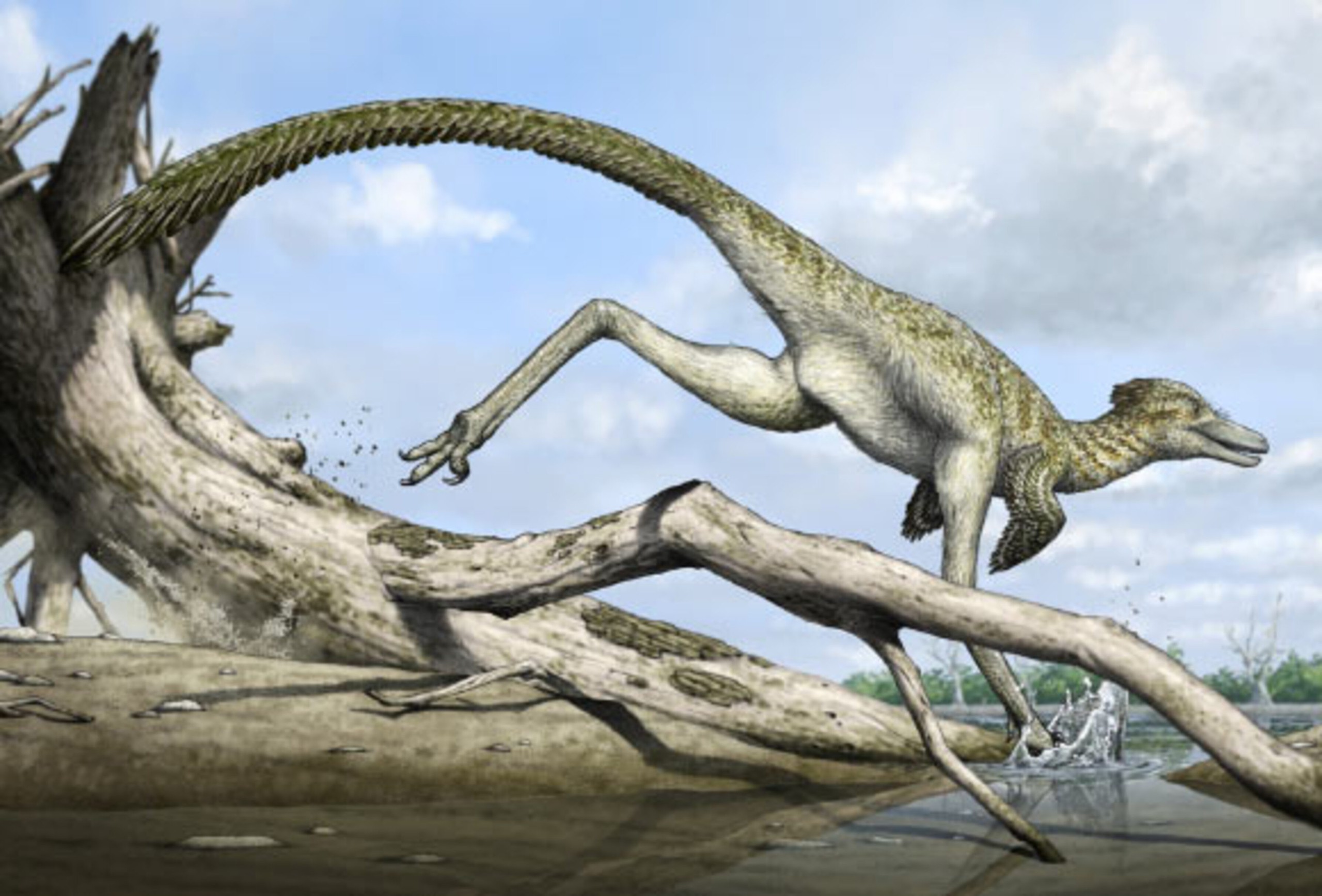
The "sand dragon" Harenadraco prima once roamed the land that is now the Gobi Desert - Graphic image
Although called a "sand dragon," the creature has actually been identified as a new species belonging to the family "Troodontidae," a group of bird-like theropod dinosaurs.
This family of sauropods existed from the Late Jurassic to Late Cretaceous periods, about 161-66 million years ago.
Paleontologist Sungjin Lee from Seoul National University (South Korea), lead author of the study, said the specimen alone helps determine the Harenadraco prima species to be about 71-72 million years old.
He also described the creature as having a rather typical appearance of a sauropod: large eye sockets, long hind legs with asymmetrical metatarsals, large hoofs on the second toe, and many other bird-like features.
Harenadraco prima is relatively small compared to other species in the family, with a body length of only about 1 m.
Its incomplete fossil skeleton was found in the Baruungoyot Formation in Mongolia's Ömnögovi Province. Ömnögovi is located in the south of the country and is part of the barren Gobi Desert.
According to Sci-News , the Late Cretaceous rocks of the Gobi Desert are a rich source of many species of arodonts, especially the Nemegt and Djadochta formations in the Nemegt Basin of Mongolia as well as the Wulansuhai formation in Bayan Mandahu, China.
The above regions have yielded eight other species of this family. In addition, this dinosaur family is also present in North America.
However, this is the first time a sauropod has been found in the Baruungoyot Formation, even though the site has provided paleontologists with numerous other contemporaneous animals.
Therefore, the newly discovered monster is called "the first sand dragon".
Source: https://nld.com.vn/rong-cat-72-trieu-nam-tuoi-lo-dien-giua-sa-mac-mong-co-196240719084602899.htm




![[Photo] Overcoming all difficulties, speeding up construction progress of Hoa Binh Hydropower Plant Expansion Project](https://vstatic.vietnam.vn/vietnam/resource/IMAGE/2025/4/12/bff04b551e98484c84d74c8faa3526e0)

![[Photo] Closing of the 11th Conference of the 13th Central Committee of the Communist Party of Vietnam](https://vstatic.vietnam.vn/vietnam/resource/IMAGE/2025/4/12/114b57fe6e9b4814a5ddfacf6dfe5b7f)


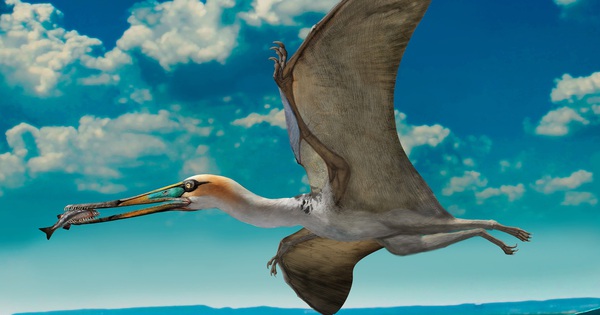
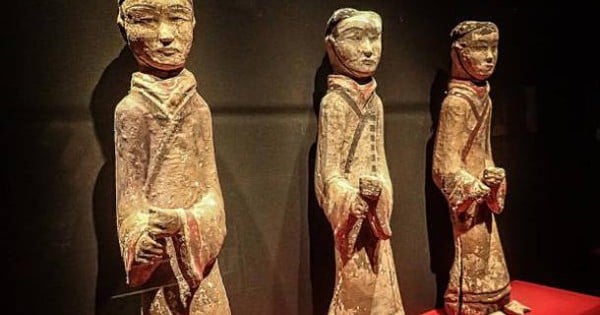
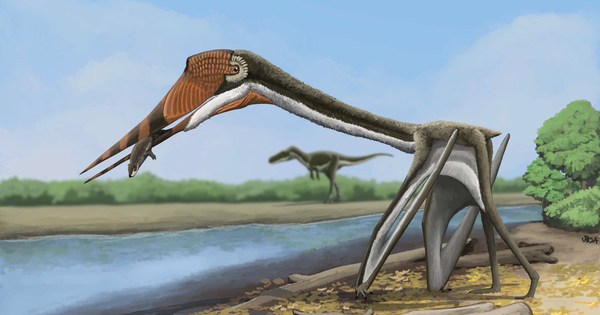
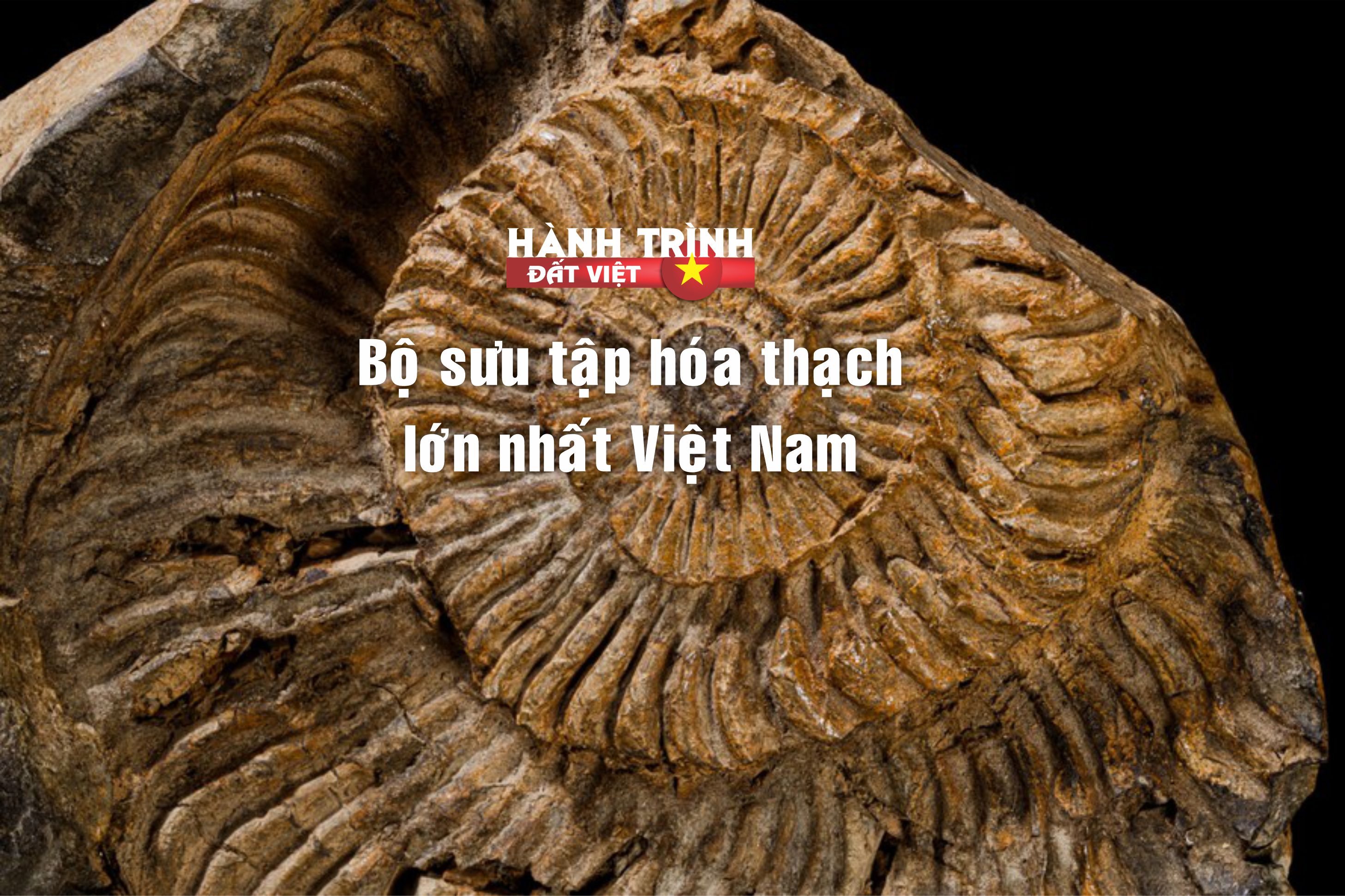

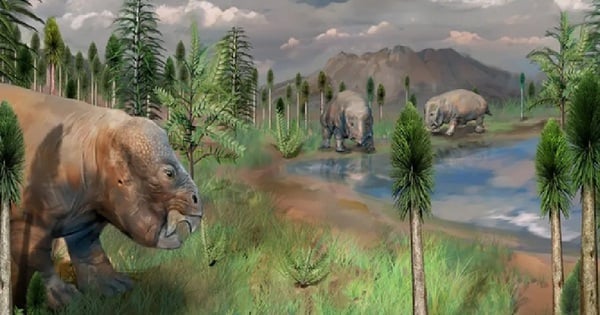






























































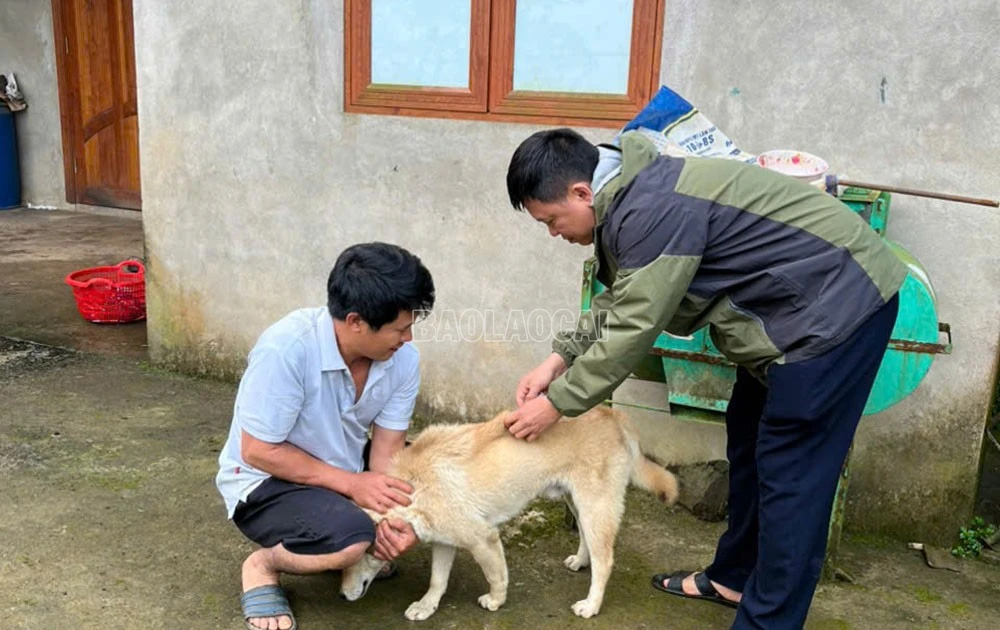

















Comment (0)